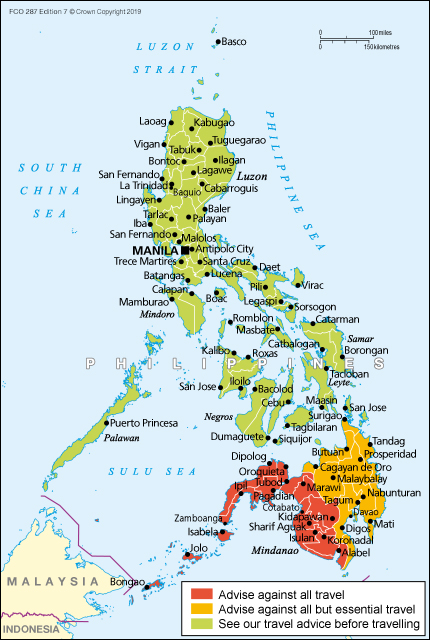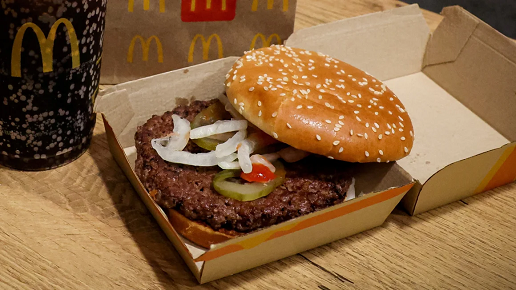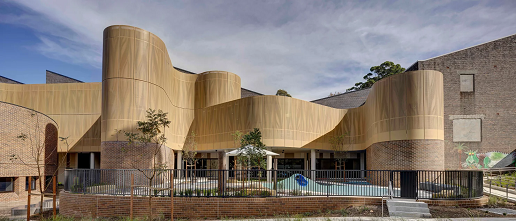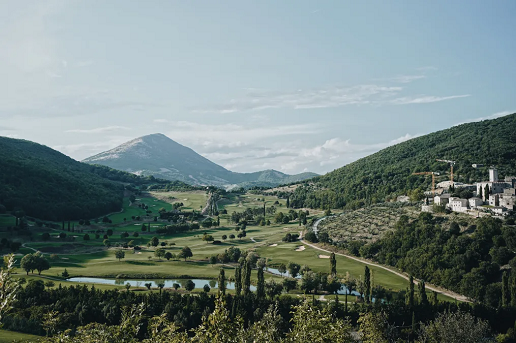
Source: Gov.uk
We have been instilled by the pieces of news that the Southeast countries are too dangerous to go to. Robbery, guns, terrorist attacks, and a queue of people bagging you for money might be the approximate image of how we see these Southeast countries. Many Taiwanese people even think these countries are not habitable at all and describe the people out there as living under a rain of bullets. However, are they that dangerous? Are the people living in the Philippines suffering from crimes and misery every day?
If you think so, the following may change what you think more or less. The following has been divided into two main parts responding to the reason why people think of the Philippines in this negative way: objective statistics and subjective feelings.
According to the statistics of the Global Peace Index 2019 conducted by the Institute for Economics and Peace, the Philippines ranks 134th among 163 countries in the world (137th in 2018). The GPI captures “the absence of violence or the fear of violence across three domains: Safety and Security, Ongoing Conflict, and Militarisation.” (IEP, 2019. p. 6) Although the statistics have reference values, it doesn't mean it shows us the most comprehensive picture of how the Philippines looks like.
The Philippines consists of approximately 7,641 islands in total, so it certainly has more complicated situations compared to Taiwan. Some extremely dangerous places, such as Marawi, Pagadian, and Isulan…etc. are located on the island, Mindanao, and some of them have been controlled by terrorists and troops because of religious and political factors. Therefore, because of these extremely dangerous places, the ranking of the Philippines has been pulled down.
On the top of the page, the diagram shows that the Philippines spans the most dangerous section and the safest section.
Although it doesn’t mean that the places marked green are safe enough to go to, they are surely much safer. Therefore, it seems that the social order in the Philippines is okay based on the statistics. Let’s talk about why it is “okay” instead of “good”.
There are a couple of reasons that people think the Philippines is dangerous: legal access to firearms, the huge gap between the rich and the poor in Manila, and a personal sense of belonging. Firstly, for those who don’t see guns that often in their countries or cities like Taiwanese, it is very terrifying if we see a policeman holding a gun and standing at a Starbucks’ front door. Also, it is shocking when the rich tall buildings and the ghetto simultaneously coming into our sight. Hence, it certainly deepens people’s crisis awareness when in the Philippines. Lastly, it is natural that people don't feel safe and don't know how to do if they encounter some troubles when they are in a foreign place because they might not trust local policemen and know nothing about local laws. So, they are used to bear with it if they have trouble. To sum up, people’s misconceptions towards the Philippines have been deepened by some particular reasons, but for most of the religions, they are not as dangerous as the media disseminates.
The 2019 World Peace Index: http://visionofhumanity.org/app/uploads/2019/07/GPI-2019web.pdf








